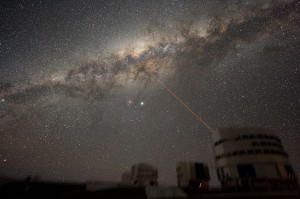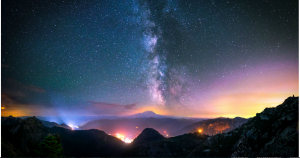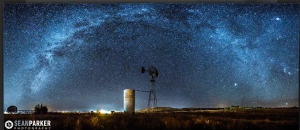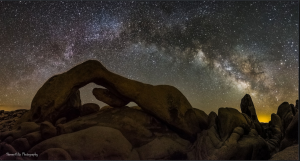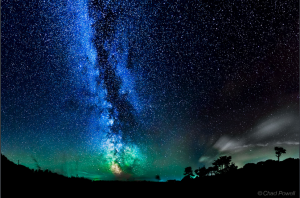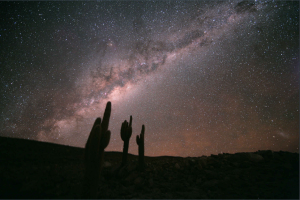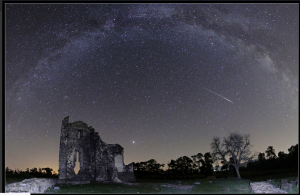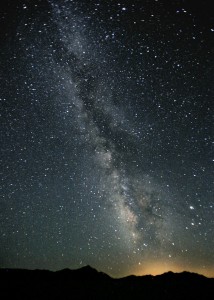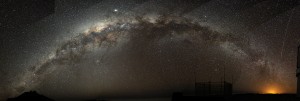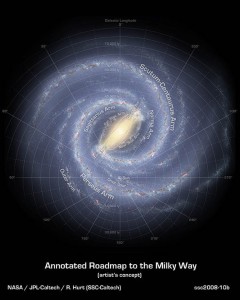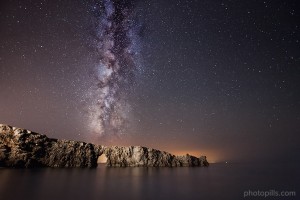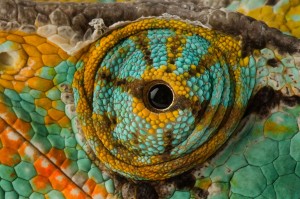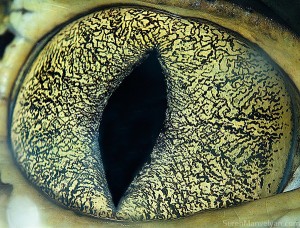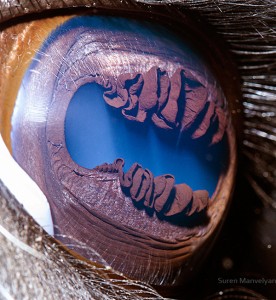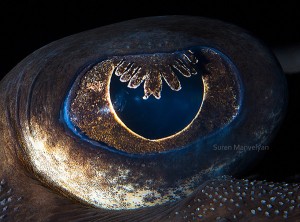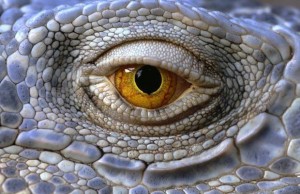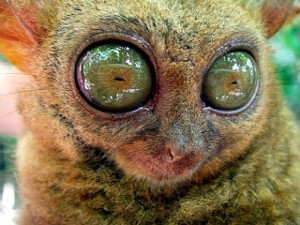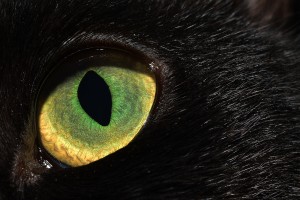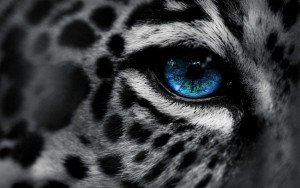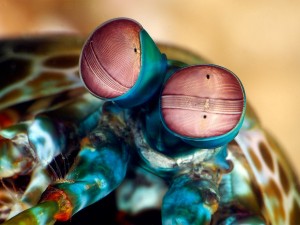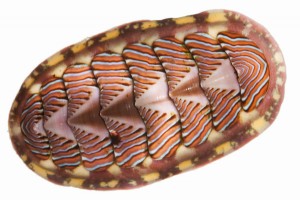The Tree diagram illustrates some of the contemplative practices currently in use in organizational and academic settings. Which of these practices (if any) help you with your creative process? Are you willing to try something new?

There are seven main branches: 1) Stillness, 2) generative, 3) creative, 4) activist, 5) relational, 6) movement, and 7) ritual.
Being a gut dominated person I am drawn towards the movement branch. My daily trail jogging/hiking with my dogs is deeply meditative for me. Being silent in nature allows me to not only visually rest but also to hear nature’s sounds, to take them into my own rhythm and well-being. And yes the dogs point to things I’d otherwise miss. They show me who has been there before us with their keen noses, mostly coyote, rabbit and deer but also bobcats and foxes.

On the generative branch are many helpful practices. I enjoy Lectio Divina because it allows me to engage all three of my centers of intelligence. Deep, contemplative reading is part of just about all traditions with written scriptures (head center). In the Christian tradition there is a contemplative reading known as lectio divina (“divine reading,” in Latin). Through a process of contemplative reading the words on the page become clearer and more meaningful. The idea is to bring greater understanding and connection, the opposite of superficial, quick reading.
In the third Century, the Christian scholar Origen said if you read in the right spirit, you will find the meaning “hidden from most people.” When St. Benedict compiled his rules for monasteries in the sixth century, he included reading as an important part of the monk’s day (at a time when personal reading was still relatively rare). He called them to deeply study, ponder, listen, and pray. To this day, The Rule of St. Benedict is the most common and influential rule used by monasteries and monks, more than 1,400 years after its writing.
In the 12th century, a Carthusian monk named Guigo, formalized four stages to the practice of Lectio Divina. He described four levels of meaning and four approaches to the text: lectio (reading and then understanding the text, head centered), meditatio (reflection and contextualizing the meaning, heart centered), oratio (listening within and living the meaning, gut centered), and contemplatio (being still, and meeting God in the text).
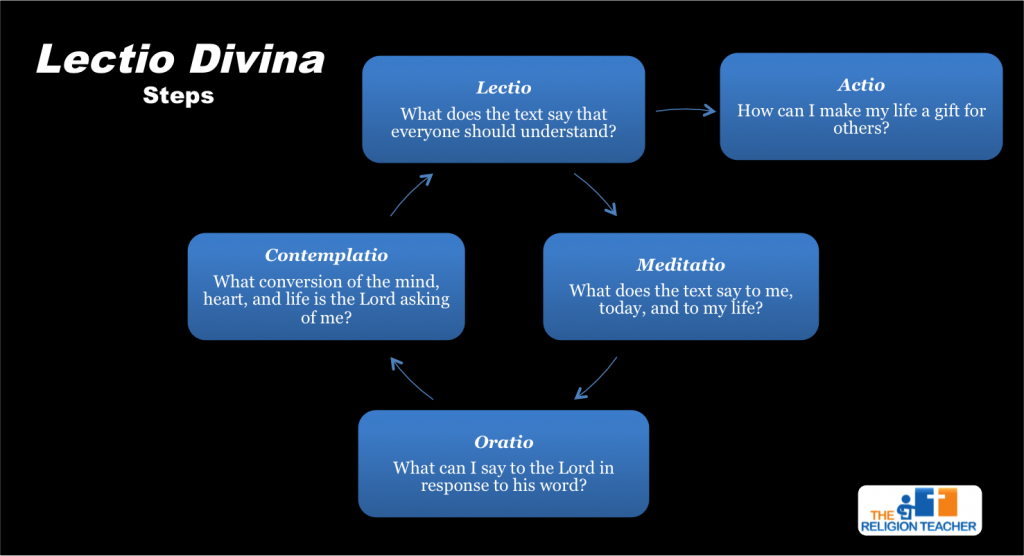
https://www.thereligionteacher.com/lectio-divina-steps/
The approach allows one to first become keenly aware of what is on the page and then successively builds to greater and deeper meaning within (using our distinct three centers), until ultimately bringing us to personal connection and action. Each of these steps together form a process by which we encounter God in His sacred word and respond to His grace. They form parts of a larger whole, but each one comes with a certain set of skills for us to master. For me this practice brings creative inspiration as I receive God’s love and attention, which I accept through my faith in His word–“and leap to flame”.
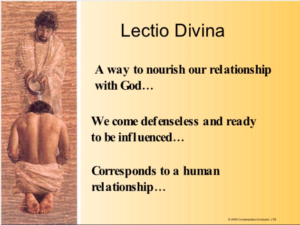
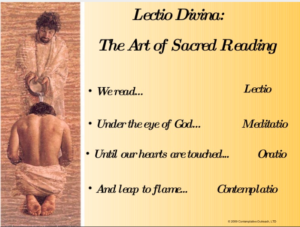
You can learn more at https://www.slideshare.net/mikep7/ld-short-presentation-2225112.
One creative application (from a secular standpoint) of Lectio Divina is from David G. Haskell, Associate Professor of Biology and Environmental Science at the University of the South, in his course on “Food and Hunger: Contemplation and Action,” introduces a modification for reading short essays on hunger and food in class. This participatory process of reading aloud around the room immerses students in the text so that “they’re swimming in it.”
In a circle of students, he reminds students to project their voices and assures them that it is all right to pass; in initial stages of group work, it is important that students feel comfortable. This provides a safe place that allows them to embrace fear rather than freeze or fight it.
The instructions for his exercise are as follows:
- Sit quietly and relax our minds and bodies for one minute.
- Read aloud, slowly, the entire text, each of us reading one or two sentences, “passing along” the reading to the left to the next reader.
- One minute of silence and reflection.
- One of us reads aloud the short passage that we have chosen in advance.
- Another minute of silence and reflection.
- We share a word or short phrase in response to the reading—just give voice to the word without explanation or discussion.
- Another person reads the short passage again.
- One minute of silence and reflection.
- We share longer responses to the text—a sentence or two. We listen attentively to one another without correcting or disputing.
- Another person reads the short passage one last time, followed by another minute of silence.
I’d love to hear from you readers, which of these practices (if any) help you with your creative process? Are you willing to try something new?













 Jupiter Aurora
Jupiter Aurora
 Illustration of OSIRIS-REx collecting a sample from asteroid Bennu
Illustration of OSIRIS-REx collecting a sample from asteroid Bennu This artist’s concept depicts select planetary discoveries made to date by NASA’s Kepler space telescope. Credits: NASA/W. Stenzel
This artist’s concept depicts select planetary discoveries made to date by NASA’s Kepler space telescope. Credits: NASA/W. Stenzel











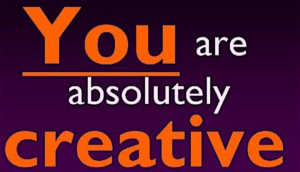
 The key is to build an awareness of where your fire comes from regarding your ideas or problems. Does it originate from your heart, head, or gut intelligence center? In what proportion is the fire burning to solve problems from each center? From your heart/head/gut’s perspective is it 80/10/10 or 34/65/1 or 33/33/33? To facilitate this awareness,
The key is to build an awareness of where your fire comes from regarding your ideas or problems. Does it originate from your heart, head, or gut intelligence center? In what proportion is the fire burning to solve problems from each center? From your heart/head/gut’s perspective is it 80/10/10 or 34/65/1 or 33/33/33? To facilitate this awareness, 